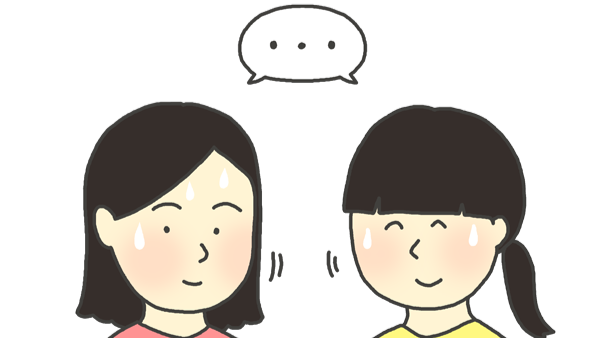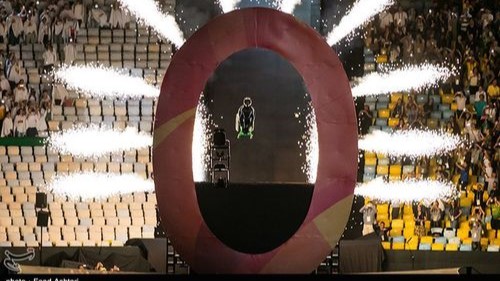Music is an important part of many different cultures. Music can reveal the history of a people. It can also be a source of healing. Gnawa music is no exception.
Gnawa music has been a part of Morocco’s music culture since the 11th century. During this time, slave traders forcibly took people from sub-Saharan Africa and brought them to Morocco. Slave traders also trafficked Black Berbers, an Indigenous group in North Africa. Originally, there was no common culture between these different groups of enslaved people. Over the centuries, however, these enslaved people became known as the Gnawa ethnic group. They developed their own traditions, including Gnawa music.
Gnawa musicians preserve the religious and spiritual music of their ancestors. This music mixes African, Berber, and Arabic musical styles. This music expresses the injustice and hardship of slavery. The music is also a spiritual ritual used to heal people. Gnawa music combines poetry, musical instruments, chants, and dance.
Gnawa music is traditionally performed in a trance ceremony, called a lila. The lila is meant to cure spiritual illness. The lila usually takes place in a private home at night. This ritual combines Islamic and sub-Saharan West African traditions. Ritual songs may last up to several hours without breaks. Often, these songs include many different spiritual chants. A master of Gnawa music, called m’allem, leads these chants. The m’allem shares these chants with younger generations to make sure they’re remembered.
Gnawa musicians often play three musical instruments: gimbri, qraqeb, and tbel. The gimbri is a lute with three strings. Metal rings are attached to the gimbri to create a jingling sound. The m’allem plays this instrument and sings. Several men sing responses to the m’allem. These men often play the qraqeb. Qraqeb are metal castanets. Musicians hold the qraqeb in their hands and clap them together. This instrument makes a sound similar to the sound of horse hooves. Other musicians play the tbel, a large drum played with one curved stick and one straight stick. Traditional Gnawa music did not include the tbel. However, modern public performances often include this instrument.
Every year, Gnawa music is celebrated at a four day festival in Essaouira, Morocco. This festival celebrates the Gnawa people’s heritage, history, and liberation. Musicians come from all over the world to participate. M’allems perform and share their skills with over 500,000 festival-goers. This rich musical tradition continues to flourish. This festival’s music reminds people of the legacy, struggle, and spirituality of the Gnawa people.









